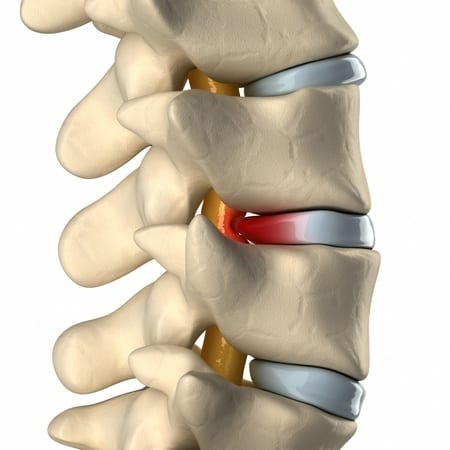Spinal cord injuries occur when there is any damage to the spinal cord that interferes with communication between the brain and the body. Each person’s recovery from a spinal cord injury is different. Slip and falls, motor vehicle accidents, construction accidents, and diving in shallow water, are all major causes of spinal injuries.
The following is brief overview of Spinal Cord injuries:

- This is the most severe of the spinal cord injury levels
- Paralysis in arms, hands, trunk and legs
- Patient may not be able to breathe on his or her own, cough, or control bowel or bladder movements.
- Ability to speak is sometimes impaired or reduced.
- When all four limbs are affected, this is called quadriplegia.
- This requires complete assistance with activities of daily living, such as eating, dressing, bathing, and getting in or out of bed
- May be able to use powered wheelchairs with special controls to move around on their own
Low-Cervical Nerves (C5 – C8)
- The nerves that correspond with low-cervical spine injuries control the arms and hands.
- A person with this level of injury may be able to breathe on their own and speak normally.
Thoracic vertebrae are located in the mid-back.
Thoracic Nerves (T1 – T5)
- The nerves that correspond with T1 – T5 affect muscles, upper chest, mid-back and abdominal muscles.
- Arm and hand function is usually normal.
- Injuries usually affect the trunk and legs (also known as paraplegia).
- Most likely use a manual wheelchair
Thoracic Nerves (T6 – T12)
- Nerves affect muscles of the trunk (abdominal and back muscles) depending on the level of injury.
- Usually results in paraplegia
- Normal upper-body movement
- Fair to good ability to control and balance trunk while in the seated position
- Should be able to cough productively (if abdominal muscles are intact)
- Little or no voluntary control of bowel or bladder but can manage on their own with special equipment
- Most likely use a manual wheelchair
Lumbar Nerves (L1 – L5)
- Injuries generally result in some loss of function in the hips and legs.
- Little or no voluntary control of bowel or bladder, but can manage on their own with special equipment
- Depending on strength in the legs, may need a wheelchair and may also walk with braces
Sacral Nerves (S1 – S5)
- Injuries generally result in some loss of function in the hips and legs.
- Little or no voluntary control of bowel or bladder, but can manage on their own with special equipment
- Most likely will be able to walk
Recent Success
In May 2015, Mintz & Geftic settled a lawsuit arising out of a Bergen County motor vehicle accident. Mintz & Geftic’s client suffered a serious injury to the L5-S1 (lower back) after his car got hit from behind. The injury resulted in two surgeries. The first surgery was a fusion and discectomy, and the second surgery was a fusion with a laminectomy. The case resolved with a $1,475,000 settlement in less than two years after it was filed.
New Jersey and New York Spinal Cord Injury Attorneys
Call Mintz & Geftic at 1-800-894-2320 or send us an email. Our spinal cord injury attorneys serve clients throughout New Jersey, and New York, including the cities of Newark, Elizabeth, Jersey City, Hackensack, and Morris, Bergen, Hudson, Union and Middlesex counties. We have offices in Elizabeth, New Jersey and New York City.
0